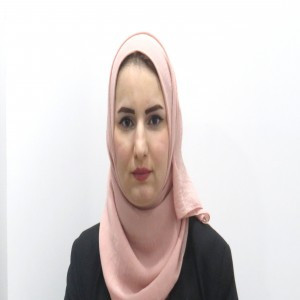Published Journal Articles
2023
"THE KURDISH LANGUAGE CORPUS: STATE OF THE ART"
2023-02
Science Journal of the University of Zakho (Issue : 2663) (Volume : 11)
ABSTRACT:
The notable growth of the digital communities and different online news streams led to the growing availability of online natural
language content. However not all natural languages have the enough attention of being made readable and comprehendible to
machines. Among these less resourced and paid attention languages is the Kurdish language. Creating the machine-readable text
is the first step toward applications of text mining and semantic web, such as translation, information retrieval and recommendation
systems. With the de facto challenges in the Kurdish language, such as the scarcity of linguistic sources and not having unified
orthography rules, this language has a lack of the language processing tools. However, to overcome the mentioned challenges and
enable intelligent applications the well organized and annotated Kurdish text corpora is needed. This review paper investigates the
available textual corpora in the Kurdish language and its dialects and then determined challenges are discussed, open problems are
listed and future directions suggested.
2015
EVALUATION BROADCASTING VIDEO SIGNALS BY WIRELESS NETWORK PARAMETERS BETWEEN CLIENT/SERVER
2015-08
Journal University of Zakho (Issue : 2) (Volume : 3)
This paper focuses on designing and implementing a system for recently emerging video transmission by wireless networks parameters. Such parameters are considering packet loss rate, bandwidth, and delay, as well as the quality of server (QoS), which eventually contributed to the user's quality of experience (QoE).
The signals of the captured video by cameras send to the server host than to be displayed and broadcasted to the client-host. This system overcomes several problems as delay, packet loss rate, and bandwidth by resources and destinations through controlling the permissions and broadcasting, as well as monitoring the configuration of the system during broadcasting. The advantage of this system is to improve application software to be used in a friendly use with as maximum as possible of flexibility and full optional controlling to get complete features of the video broadcasting systems. The system controls the problems of delay, loss rate, and bandwidth between source and destination, through controlling the permissions, broadcasting, and monitoring when configuration of the system during broadcasting. The synchronization between two sides of the wireless network was achieved when incoming signals from the cameras to the server-side and broadcasting these signals to the client-side. Eventually, this system enables the administrator to monitor the dataflow from server-side to client-side and apply compressing with many compression techniques on the
incoming and broadcasted signals.
Back
